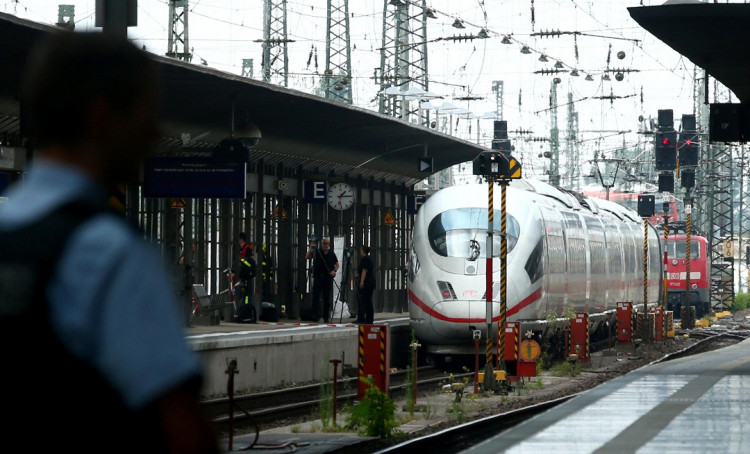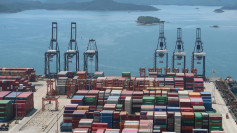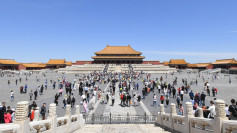Major cities in China are reportedly now planning to literally accelerate their respective economies with the integration of new high-speed maglev train lines. According to sources with knowledge in the matter, some cities are apparently now laying out plans to have trains that can travel more than 600 kilometers per hour as part of a bold strategy to boost economic growth.
The capital city of China's Sichuan province, Chengdu, reportedly submitted new development plans that include the possible construction of a high-speed maglev train line that will connect with its neighboring city Chongqing.
The city apparently wants for its proposed railway to travel at speeds of around 800 kilometers per hour at the very minimum. If this is achieved, travel time between the two cities is expected to be cut from one hour and 13 minutes on current railways to just 30 minutes on the new maglev trains.
Apart from Chengdu, the city of Wuhan in the Hubei province is already taking steps to install new maglev trains. According to local media reports, government officials have tasked China Railway Siyuan Survey and Design Group to begin work on constructing the next-generation high-speed railway next year. The contractor is a subsidiary of China Railway Construction Corp.
Maglev technology is reportedly also becoming a much talked about the concept that could be part of China's larger Greater Bay Area strategy. The vice-president of the Chinese Academy of Engineering, He Huawu, mentioned at the recently held 2019 World Transport Convention in July that they are conducting a feasibility study on a possible high-speed railway network that will connect Hong Kong, Macau, and Guangdong. The proposed design used in the study will reportedly have a maximum speed of 600 kilometers per hour.
Engineering experts have stated that maglev trains are the future of ultra-fast land-based transport. These types of trains do not run on wheels, which means that they can run at much higher speeds. These types of trains are also much safer and more reliable when compared to traditional electric-powered trains.
Economists believe that maglev trains could essentially fill the gap between traditional high-speed rail and airline transportation. Having access to this cheaper means of transportation could significantly boost the flow of talent between different cities, resulting in an increase in regional economic growth.
In China, the leading company that is at the forefront of developing maglev technology is the China Railway Rolling Stock Corp Qingdao Sifang. In May, the company unveiled its first maglev train prototype that can apparently achieve speeds of around 600 kilometers per hour.






